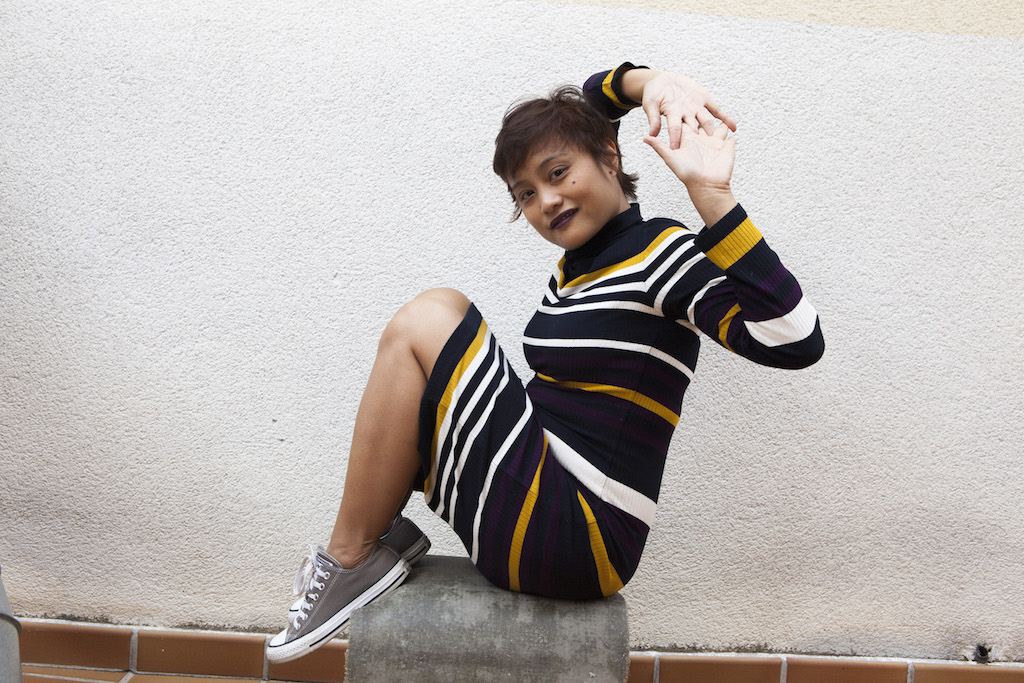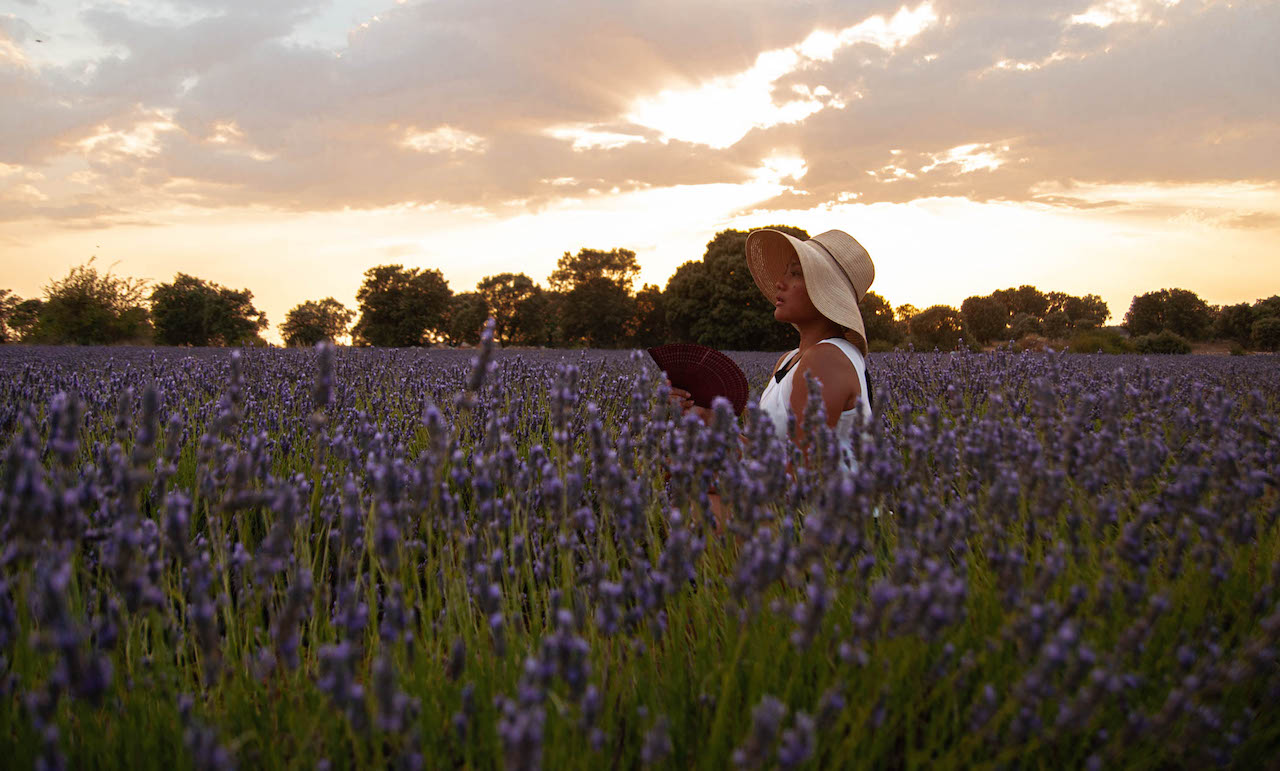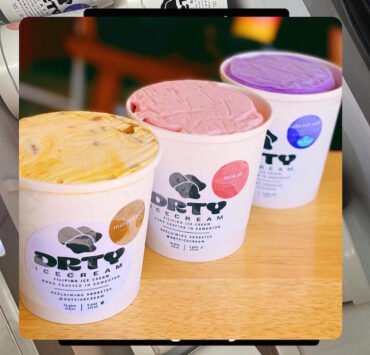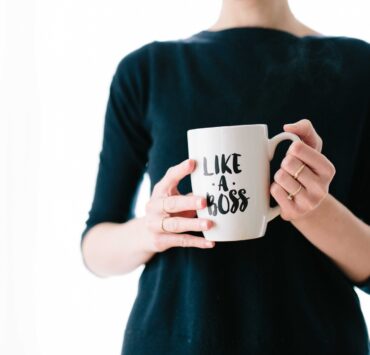Writer and poet Karessa Ramos looks back to Philippine summers confronted with questions, doubts and insecurities about why brown Pinay skin is not loved at home.
Back when I was young, the color palette of outfits in the Philippines varied little. It didn’t help that there are only two seasons back home: rainy and sunny. Although, one color stands out during summer, even if it had less to do with clothes and more with skin tone: brown.
Each year, I would hear the same warning:
“Huwag masyadong magpa-araw mangingitim ka!”
Along with the constant, unsolicited opinion about my skin color:
“Maganda sana, kaso maitim. Ay, sayang, sana mas maputi ka”
Such an effective way to build up a girl’s self-esteem, isn’t it?
Summer and its colors
As a pre-adolescent, summer back in the Philippines was usually a season of aesthetic dilemma for me. Knowing how pretty girls are treated, I wanted to become one of them, but never really succeeded.
Born brown-skinned, I was always the “negra” within my circle so I was never seen as “pretty”. It was always, “Yes, you look nice, but you’re dark”. Surely, I’m far from being black but I’d tan easily and was never a fan of using an umbrella or shielding my face from the sun.
Hence, the well-meaning advice on outfits along the lines of:
“Huwag dilaw, mas nagmumukha kang maitim.”
“Ayan, isuot mo para mukha kang maputi.”
With a middle-low class background, my skin tone would also be decisive as to which beauty-related activities I could participate in:
“If you don’t get darker than that, you can be in the Flores de Mayo.”
“Even if you’re very tanned outside, if your legs are white, you can join the band majorettes.”
“Oh, sorry dear, you can’t join the beauty pageant because you’re too morena.”
Those statements hurt. They made me feel ugly, therefore unworthy of attention, therefore difficult to love, therefore alienated.
But sentiments aside, it also seemed to me that beauty was really more of a pigmentation issue than a set of criteria on face symmetry and attractiveness. In my youth and according to Filipino standards, the whiter you are, the more chances you have of being considered beautiful.

Tag-araw 1994
I was 10 the summer I decided I would be called “pretty”. Just “maganda”. Not “Maganda, pero…” or any of the varieties that family, neighbors and friends would come up with to argue why I’m not. I longed so much to hear those words directed at me, that I took drastic steps: I bought papaya soap and applied Chin Chun Su; I started to go out less, especially at high noon and early afternoon, and when I did, I used an umbrella and wore salakot, long-sleeved shirts and jogging pants.
It was the most boring summer vacation I spent in my hometown. But, a couple of weeks before going back to school, I overheard an uncle tell my grandmother how pretty I looked that year. How whiter. And how I was better cared for among them, than when I was in the city.
“Gumaganda si Karessa. Palibhasa, mas maputi. Maganda ang alaga dito kaysa doon sa syudad. Sa susunod na taon, isasali natin sa Flores de Mayo.”
Finally! Dream come true! Not only was I finally called pretty, I was also whiter and, I was going to be part of Flores de Mayo the following year! Something that seemingly ended my summer with hope and excitement. Giddy with victory, I promised myself I’d keep using papaya soap, papaya lotion, and protect my skin more… I returned home determined towards my goal to be as white as I could possibly be.
However, something completely stronger than my discipline and will power shook my resolutions up: brown-skinned Miss India Sushmita Sen won the Miss Universe title that year!
“Wow!”, I thought. “Somebody who’s even darker than me was hailed as the most beautiful woman… In the UNIVERSE!” I was so happy and thrilled, but the immediate reactions of the adults around me felt like a brusque splash of cold water:
“Nanalo dahil matalino. Beauty and brains. Pero morena siya.”
“Ah, matalino kasi.”
“Maganda pero maitim lang.”
Wait… Aren’t we talking about beauty? Did Sen have to be intelligent to be considered pretty?
Certainly, Dayanara Torres, the winner before Sushmita Sen, who is white and has very sharp European features, didn’t receive any of those “buts” or “it’s justs”. Indeed, I never heard anybody say, “Dayanara won because she’s beautiful and witty”. Dayanara won a beauty contest because she’s beautiful. Period. Nobody felt like she needed an additional attribute like intelligence to be called “beautiful”.
Which brings me to the core issue:
Why did many Filipinos find it so hard to accept that the brown woman is beautiful?
I never got to ask those questions out loud, but something undeniably shifted in me after that. Something that told me to throw out all the whitening products I bought and forget about my goal to be whiter to be prettier. I would still hear hurtful comments and impertinent advice, but I wasn’t paying the same attention as before.
Fast forward to 28 summers later…
… I now boast of a long list of brown-skinned feminine beauty references ranging from another Miss Universe, Mpule Kwelagobe from Botswana to musician, Anggun, but getting here wasn’t easy.
Even when I was consciously veering away from a colonialist definition of beauty, I stumbled upon a hard fact that within non-white people, there is still a ranking according to skin tone very much at work. Something that needs a lot more effort to break.
But at 38, I’m proud to say that I have grown to not only love my kayumanggi, I’m also celebrating it. No buts. No ifs. And all it took was one moment, with one reference and one firm decision to change my internal paradigm to see beauty wherever I wish, starting within me. Now, my brown Pinay skin is my best and most reliable outfit for life.
What's Your Reaction?
Karessa Malaya ( Nueva Ecija) is a writer based in Madrid, Spain. Her first book of poems and short stories, “Cosechas del insomnio” (Diversidad Literaria) was published in 2021. She loves joining poetry recitals and dancing, but sings badly for a Filipina. She is currently studying photography while mothering her son Leo and thriving in the former colonizer’s land.




